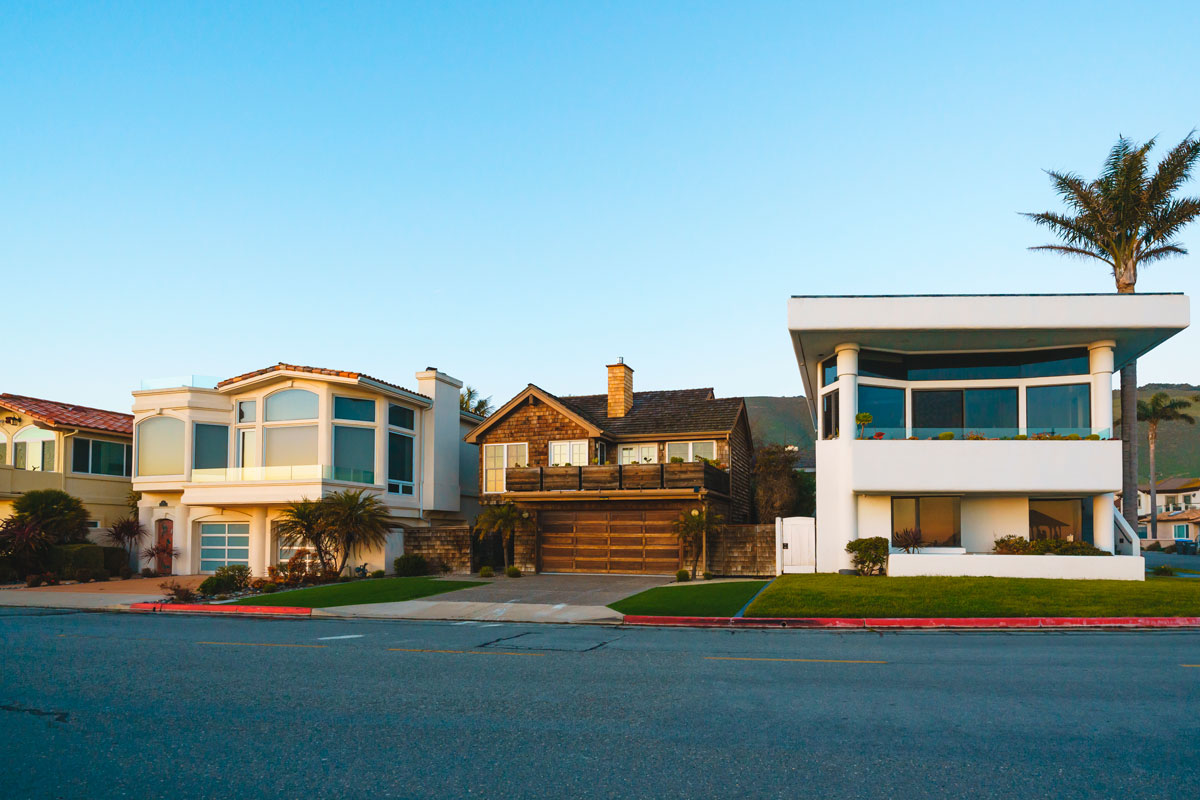Introduction
The Los Angeles wildfires have left a lasting impact on our community, not just in terms of immediate damage but in the long-term risks they pose. While many residents are focused on rebuilding and recovering, one crucial step is often overlooked: securing flood insurance. Wildfires dramatically increase the risk of flooding, and this heightened threat could jeopardize your home and financial stability. In this post, we’ll explore why flood insurance is a must for residents in the affected areas and how to take action before it’s too late.
Understanding the Risk
The Link Between Wildfires and Flooding
Wildfires destroy vegetation that typically acts as a natural barrier to rainwater. Without trees and plants to absorb water, rainfall runs off more quickly, significantly increasing the likelihood of flash floods and mudslides. Additionally, the heat from wildfires creates a waxy layer in the soil, further reducing its ability to absorb water. As a result, even moderate rainfall can lead to severe flooding in post-wildfire areas.
Flood Zones vs. Fire Zones
It’s a common misconception that only those in designated flood zones need to worry about floods. After a wildfire, areas outside traditional flood zones can suddenly become high-risk. If you’ve never considered flood insurance before, now is the time to reassess—the landscape has changed, and so has the risk.
Why Flood Insurance Is Crucial
Standard Homeowners Insurance Doesn’t Cover Flooding
Most homeowners’ insurance policies explicitly exclude flood damage. Without flood insurance, you could be left paying out of pocket for costly repairs, which can range from thousands to tens of thousands of dollars.
The Financial Impact of Flood Damage
Floods can damage your foundation, walls, flooring, and personal belongings. On average, just one inch of floodwater can cause over $25,000 in damage. Flood insurance offers peace of mind and financial protection in these situations.
Real-World Examples
In other areas affected by wildfires, such as California’s Camp Fire region, residents faced devastating floods during the rainy season. Those who had flood insurance were able to recover much more quickly than those who didn’t.
Steps to Get Flood Insurance
Consider Private Insurance Options
For additional coverage or customized policies, explore private flood insurance providers. They often offer coverage beyond what NFIP policies include.
Act Quickly
Many flood insurance policies have a 15-day waiting period before they take effect. With the rainy season approaching, it’s crucial to secure coverage as soon as possible.
Conclusion
The aftermath of the Los Angeles wildfires has left our community vulnerable in new ways. Flooding is a real and immediate threat, but it’s one you can prepare for. Securing flood insurance is not just a financial decision—it’s a step toward safeguarding your home, your family, and your future. Don’t wait until it’s too late.
Call to Action
Take action today by:
Visiting https://goodgoodflood.com/ to assess your risk.
Call (855) 449-9383 for a quick quote.
Protect your home and peace of mind now—because when the rain comes, preparation makes all the difference.

